The sky seethes in a tumultuous vortex of greys. The air is thick and you could cut through it with a kris. The writhing pregnant clouds threaten to drop their payload on you as your car zooms down the uneven dirt road. The atmosphere in the car is far lighter than outside and the jolly Javanese driver gabbles at you in excited English. Having eaten some ayam goreng (fried chicken) and sambal just minutes earlier, the mood is one of satisfaction and camaraderie. The driver pulls to a sudden halt and points out some dark pinnacled structures on the horizon. He enthusiastically makes a beeline for them. The sky begins to lift its darkness and it becomes a placid lighter colour as you arrive at the gates. You get out of the car and make your way towards the twin buildings that now command your attention. The buildings are no longer used for worship. Being a rare example of a Javanese Mahayana Buddhist temple, the devotees long since converted to Islam and abandoned the impressive structures. The locals, much like your driver, still have a sense of pride about them, regardless of faith. Candi Plaosan is one of the finest set of structures you will find on Java and it is one of the last relics of the ancient empire that once thrived here in the centre of the island.
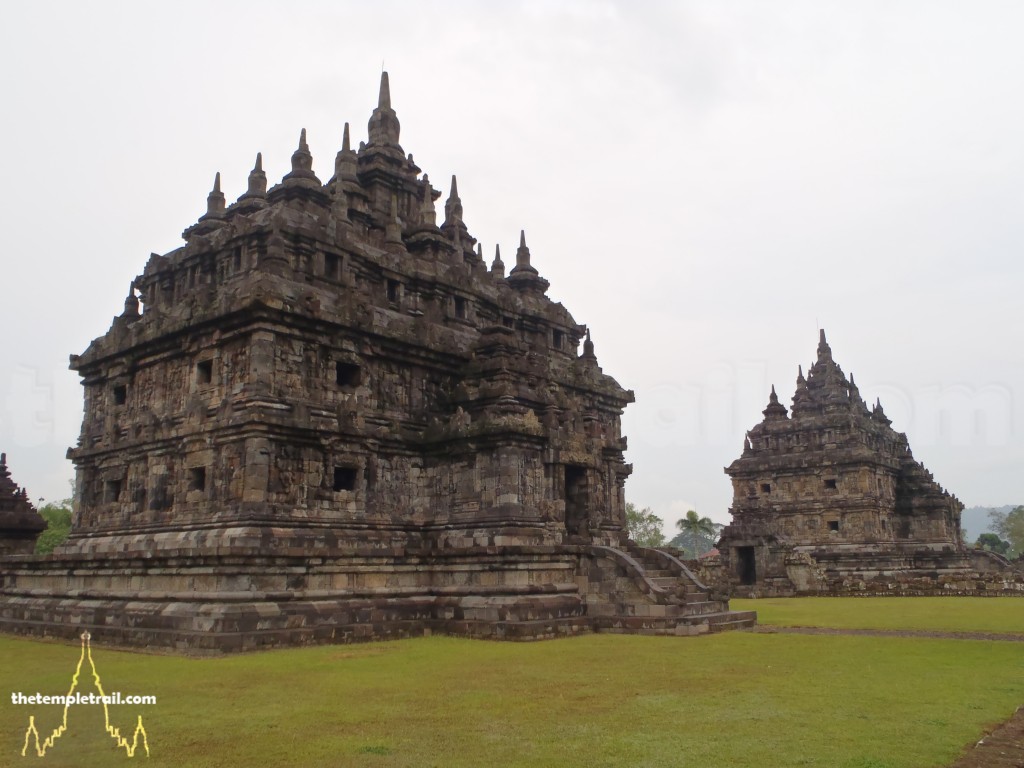
Candi Plaosan was constructed in the mid-9th century in the Medang Kingdom of central Java. The Kingdom of Medang was ruled by the Sailendra and Sanjaya families and was a Hindu-Buddhist kingdom. Much like Angkor, different rulers favoured Hinduism or Buddhism and built or modified structures accordingly during their reign. Plaosan was founded by Pramodhawardhani, daughter of the Buddhist King Samaratungga of the Sailendra dynasty. She was the wife of the Hindu King Rakai Pikatan of the Sanjaya dynasty, founder of the striking Prambanan Hindu temple complex. Political marriages of this type were very common and her mother, Dewi Tara, was a princess of the Sumatran kingdom of Srivijaya. Pramodhawardhani is credited with several other major sites in the area, including Candi Sewu, and also inaugurating the astonishing Borobudur.
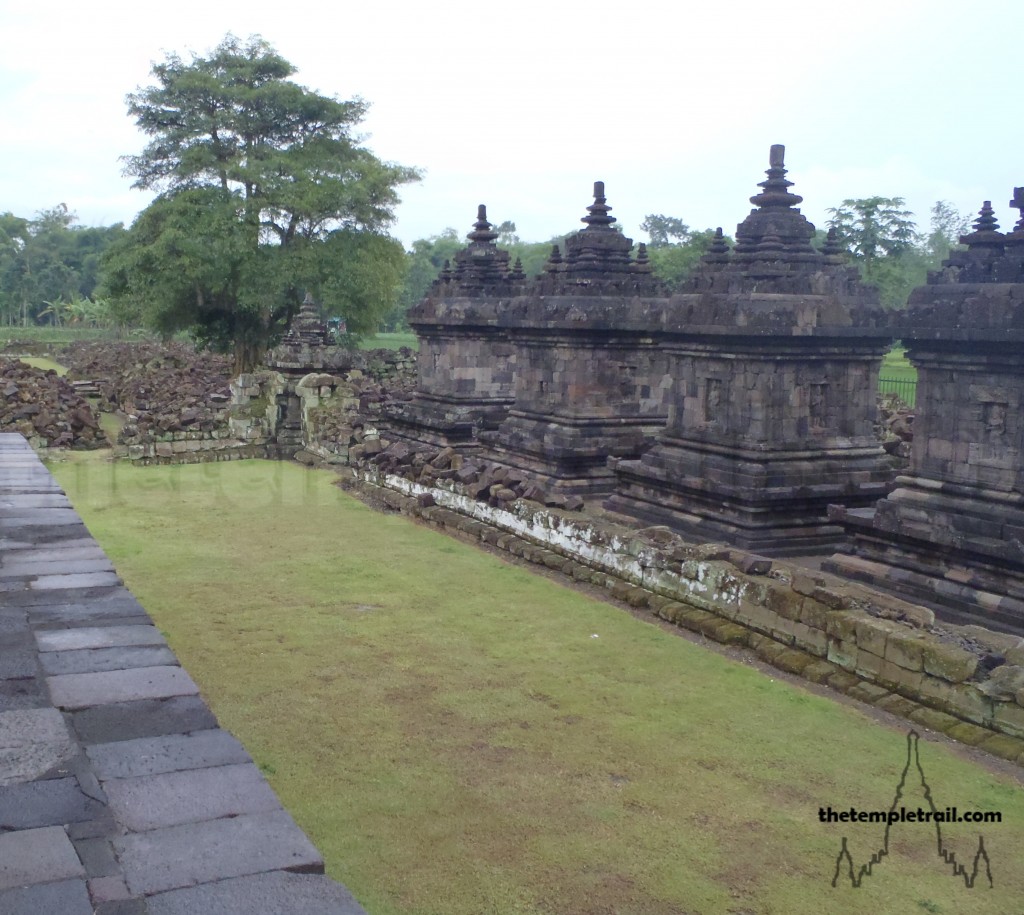
The temple site is split into two sections; the smaller, southern Plaosan Kidul group and the larger northern Plaosan Lor group. Plaosan Lor can actually be divided into the central and northern groups. The central group of monuments is the most spectacular and the twin viharas (main shrine buildings) in particular catch your eye. The whole site contains 248 perwara temples (subsidiary temples) and stupas, with the highest concentration found in the central sector. This area contains 174 smaller structures in total and the outermost wall has 58 prasadas (compact square sanctuaries) lining it.
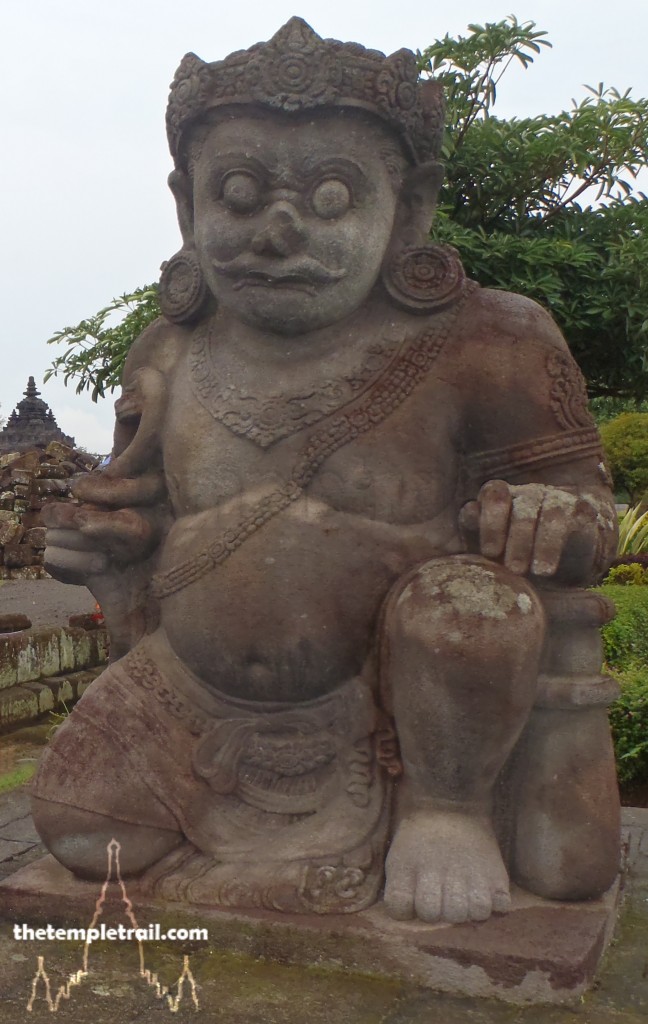
Walking through the jumble of buildings and ruins into the central sector from the car park, you head for the main entrance of the southern vihara and its gruff looking dwarapalas (temple guardians). These large fearsome looking beings are armed with a snake, a club and a sword to protect the temple against evil doers. Threading between them, you are now in the thick of things. In the main courtyard, you are now standing staring up at the intricately carved rectangular building. All around you are the ruins of the small prasadas. You make your way up the front steps and past beautiful carvings of male figures. The whole of the exterior is covered in these depictions. Whether they represent Bodhisattvas (enlightened beings) is unclear, though some of them appear to be depictions of Avalokiteśvara, the Bodhisattva of compassionate mercy.
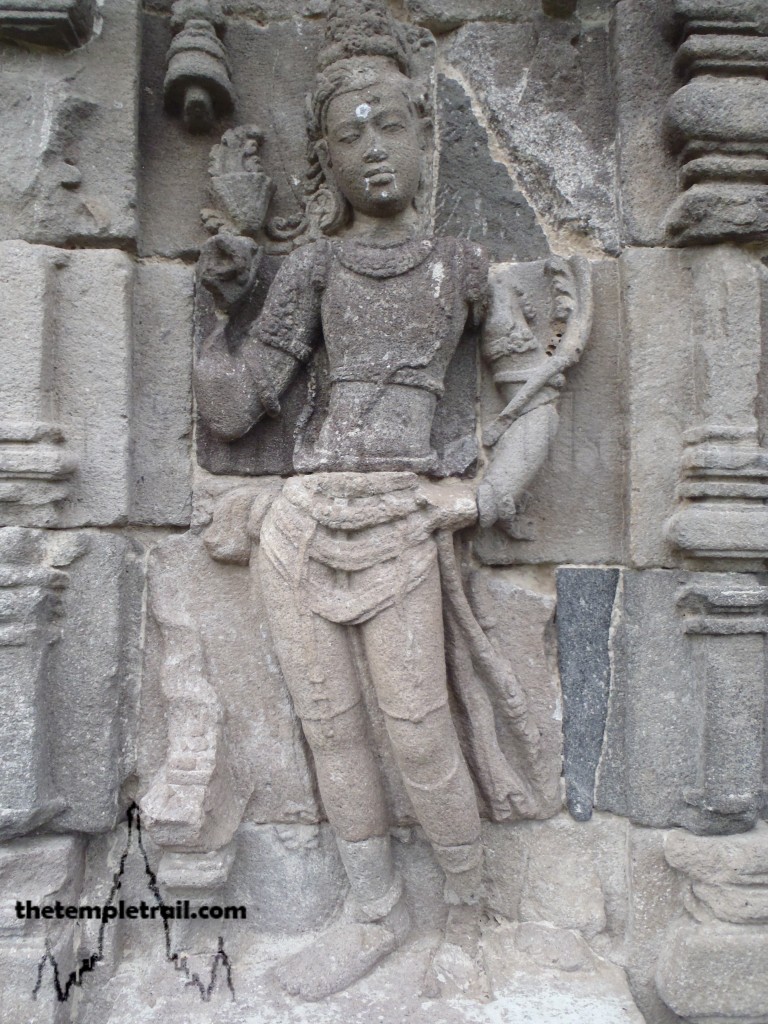
Once inside the three story building your eyes adjust to the darkness. Both of the two main buildings are identical in layout, with the southern being fractionally larger. The top level was a faux one, and never had an actual floor, whereas the second storey was made of wood, with a wooden stairway accessing it. The ravages of time have long since done away with the second floor and all that remains is the bottom floor. Here in the southern vihara, far more survives than in its northern counterpart. Apart from the small entrance chamber, it contains three shrine rooms. The entrance chamber greets you with a pair of niches under grimacing kala-makaras. These gargoyle-like monsters are flanked by kinnara (bird-women or angels) and the niches beneath them once held Bodhisattva statues. Heading into the central cella (shrine chamber), two statues await your arrival. The two Bodhisattva statues in the vara-mudra (bestowing charity) pose once sat beside a central Buddha statue. The flower that the statutes hold in their left hand identifies them as Avalokiteśvara and (possibly) Vajrapāṇi. The cellas to your right and left contain a similar layout of Bodhisattva statues. The serenely beautiful statues all sit on lotus thrones on an elevated altar. In total the two buildings once contained 18 statues (nine in each; Buddha and eight Bodhisattvas).
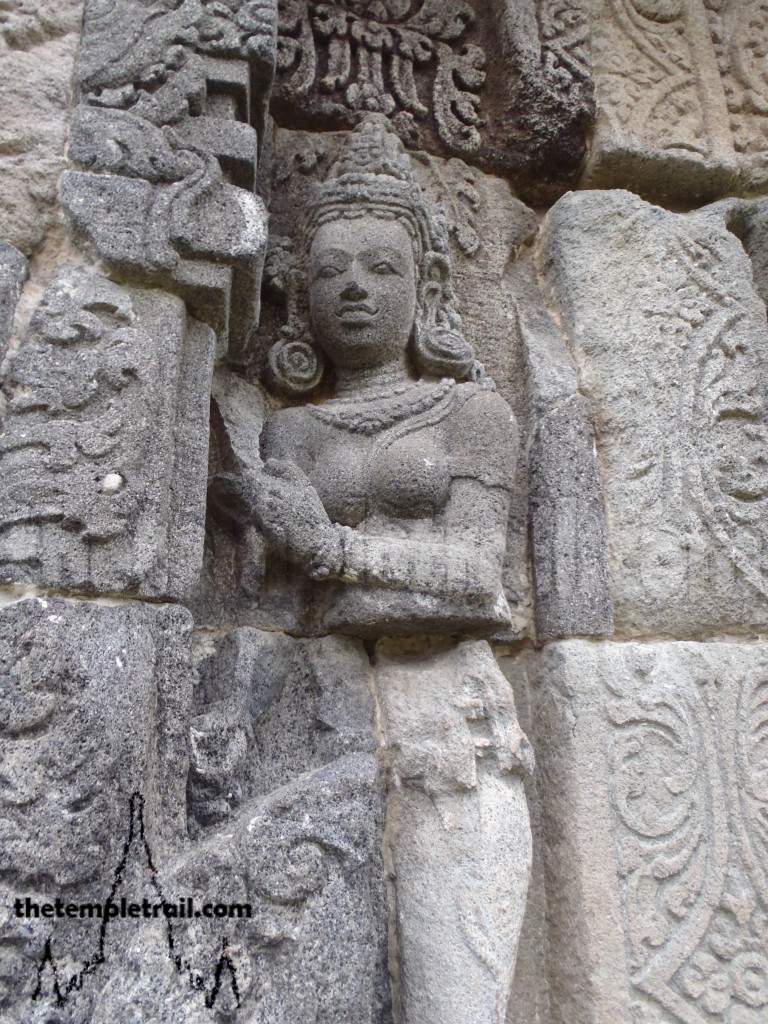
The walls of the chambers have beautiful relief carvings of deities, monks and important dignitaries of the Medang Kingdom. The southern vihara has a mostly male population in contrast to the mostly female northern vihara. There is no satisfactory explanation for this, but it has been put forward that the northern vihara was a nunnery and the southern a monastery. This is certainly unfounded and pure conjecture. The temple complex appears to have no Uposathagara (ordination hall) and it is possible that the second floor of the viharas performed this function. It is also entirely reasonable to imagine that monks lived on the second floor.
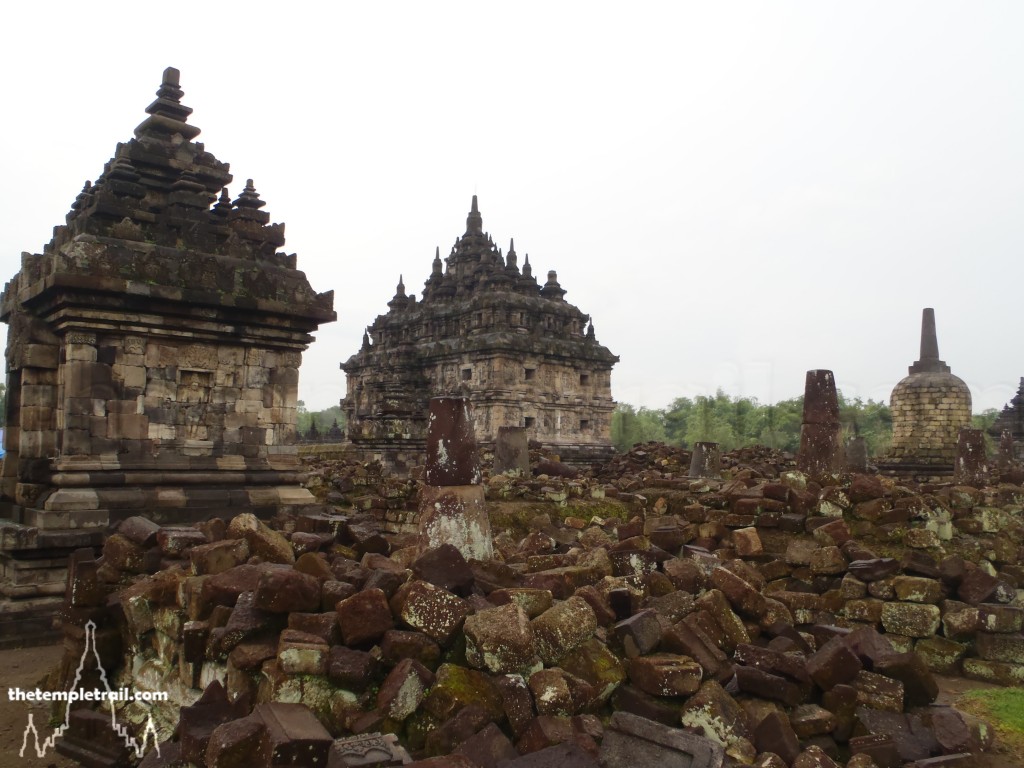
Heading back into the daylight, you make a right and visit the northern vihara. It is much less intact inside and after taking in the moody interior, you head further north to the pendopo (raised platform with a wooden roof) that sits in the middle of the northern sector of Plaosan. The large rectangular platform has altars on three of its edges. The north, east and south altars contain the remains of 21 Buddha and Bodhisattva images in varied condition. Originally there were at least 22 images, but time and people have had their effect on the exposed platform. The platform also has 16 octagonal protrusions that once supported the wooden pillars and roof.
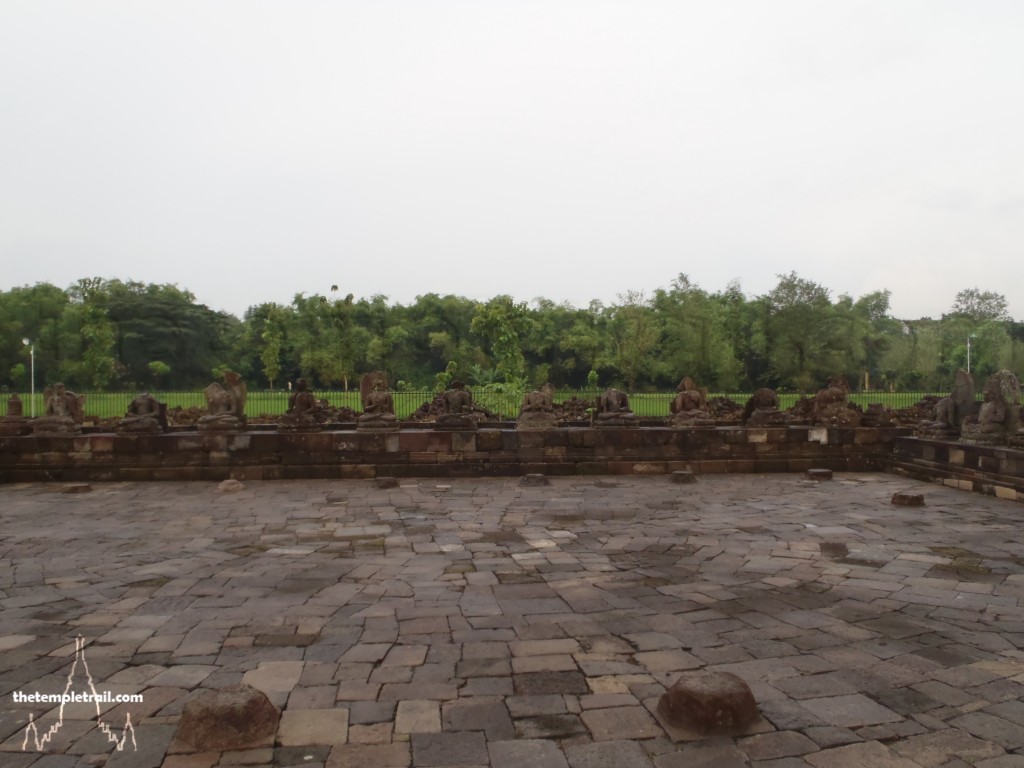
Leaving Plaosan Lor, you go back through the car park and past your cheery driver who points you towards Plaosan Kidul. You cross the dirt road and go past a hut that sells ‘antiques’. After telling the friendly proprietor that you do not require a kris (dagger), you dip into the small southern group of temples. The southern group consists of a raised platform and eight small surrounding temples. The temples are mostly in ruin, but some have been reconstructed. The temples each have a kala over their doorway and each have a small mandapa-like porch. The central platform yielded several statues that are now located elsewhere. Among these were female statues that may have represented the Mother of all Buddhas; Prajñāpāramitā. As the sun begins to set, the whole site takes on a dreamy appearance. Having witnessed the remnants of the all but extinct Buddhist culture of central Java, you head back to the hustle bustle of Yogyakarta and its Batik peddling smooth-talkers. The temple and its beautiful artwork are a forerunner to the work of the modern artisans of the area. The ancient artists were a little more humble perhaps, but their descendants have retained all of their skills. You can experience their sales patter as you sit by the road and fill your belly with lumpia (spring rolls) and timlo (chicken soup) before retiring for the night to dream of the ancient kingdom that has pervaded your mind.
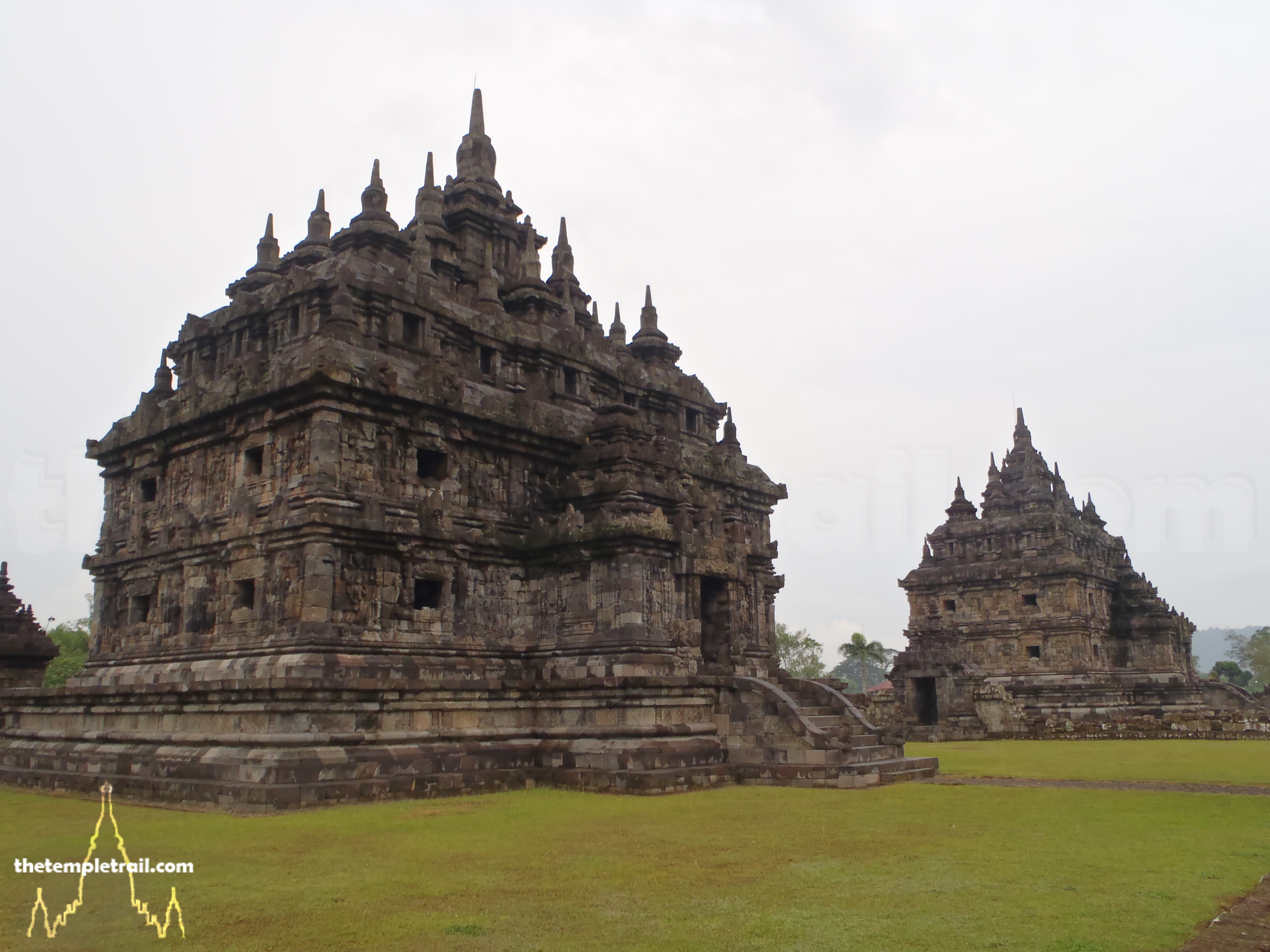
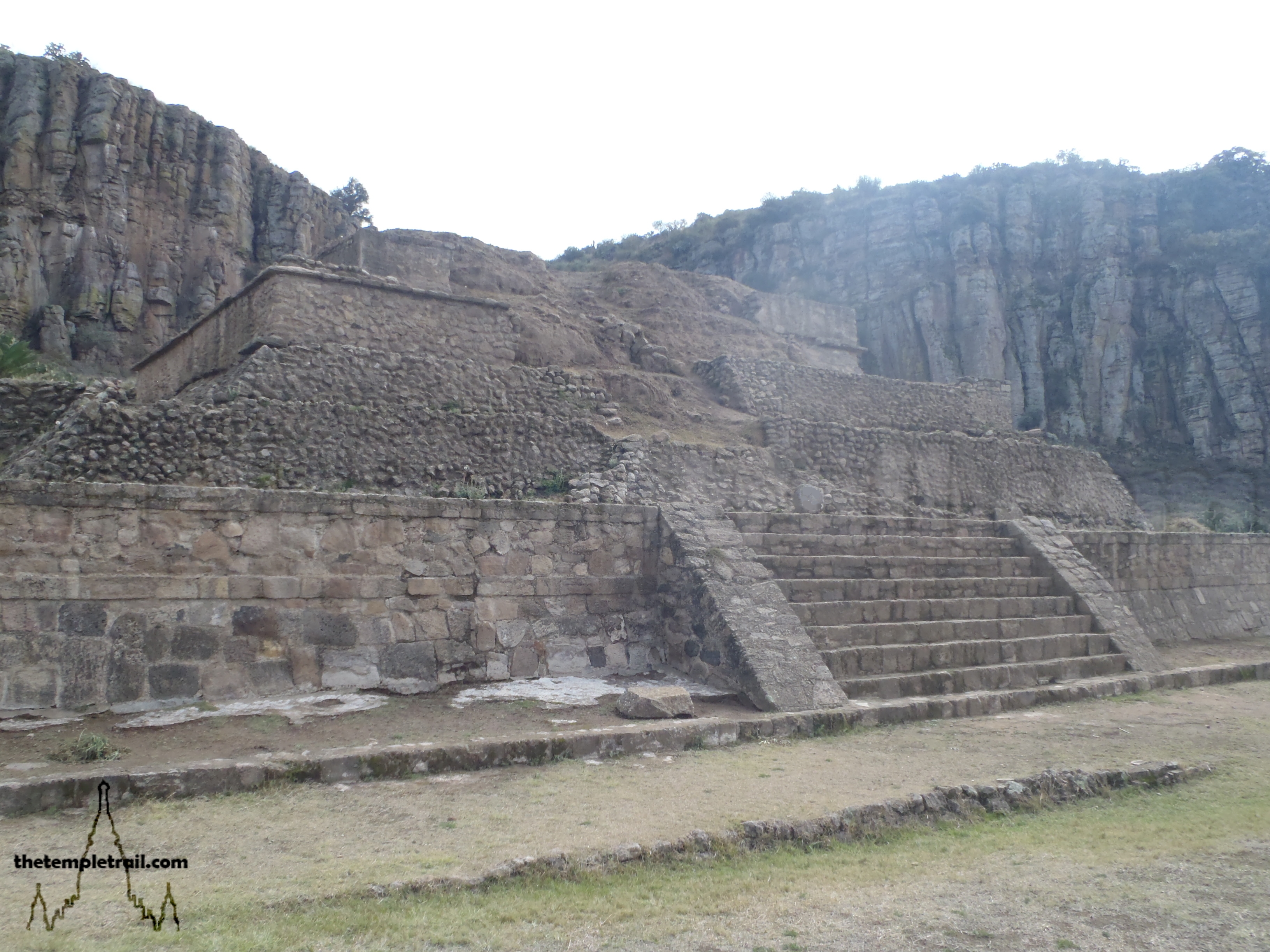 Huapalcalco
Huapalcalco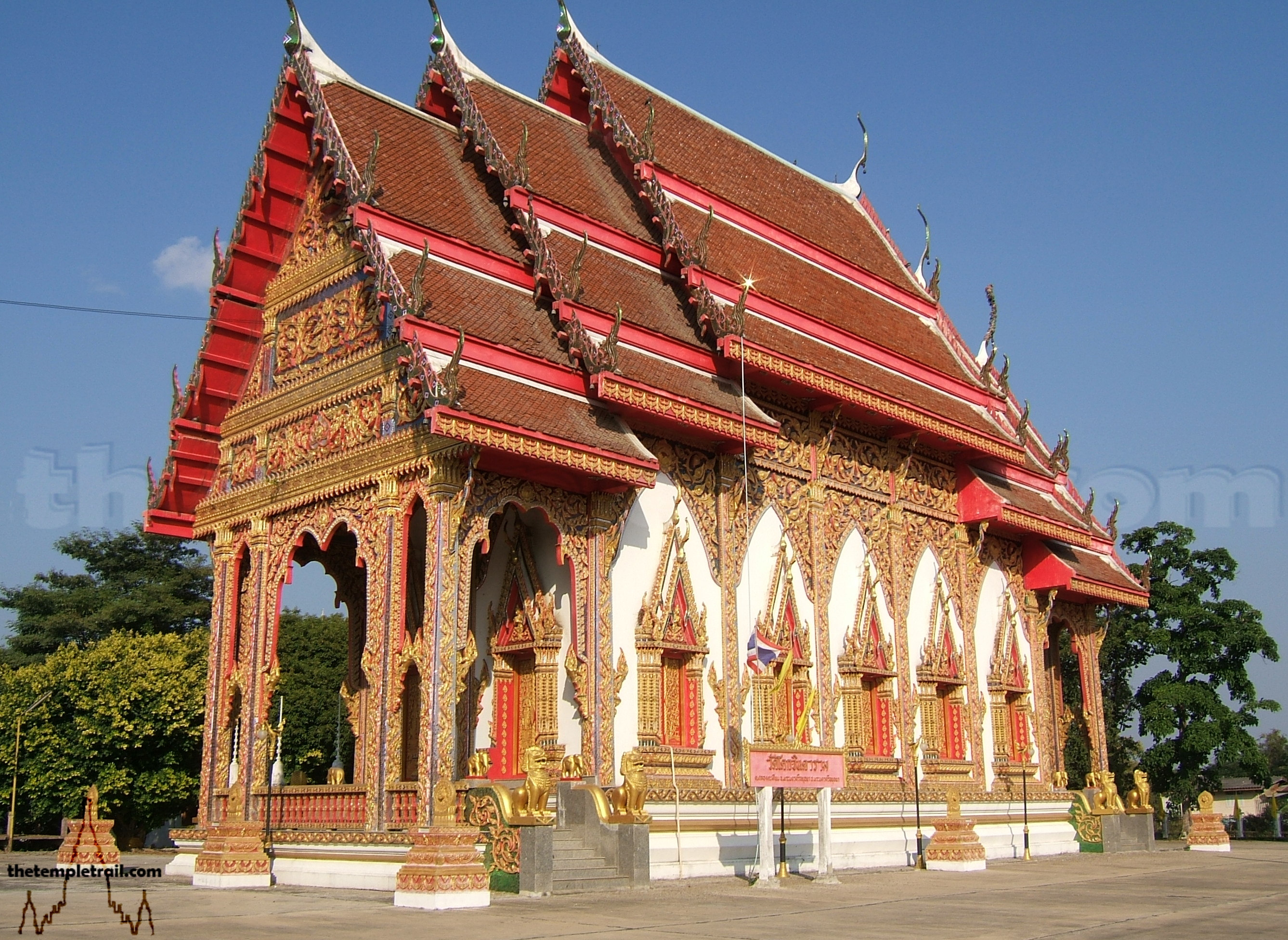
Great write up. Been there three times already. Hot me up.
Sorry I meant hit me up. Maybe can exchange info about other candis.